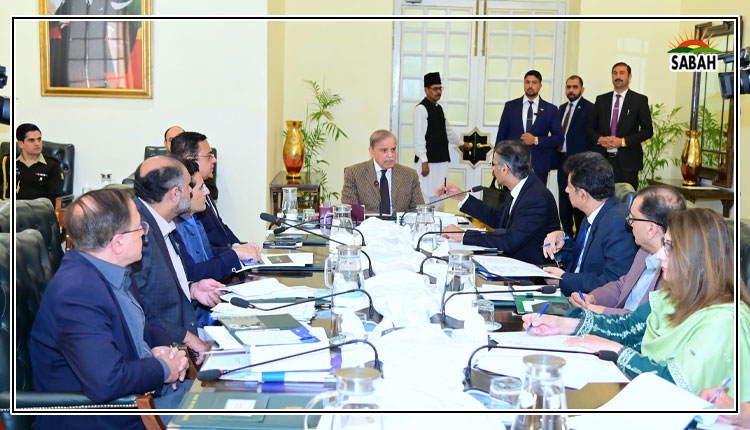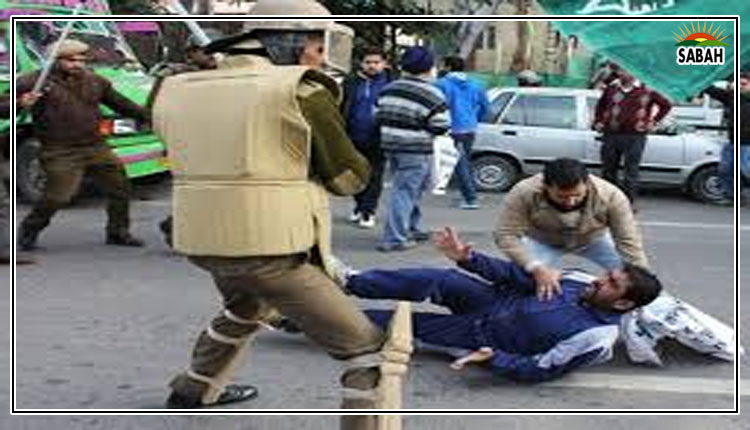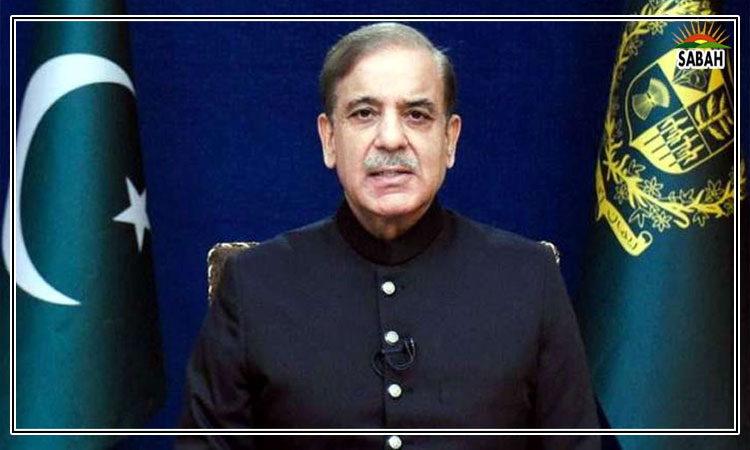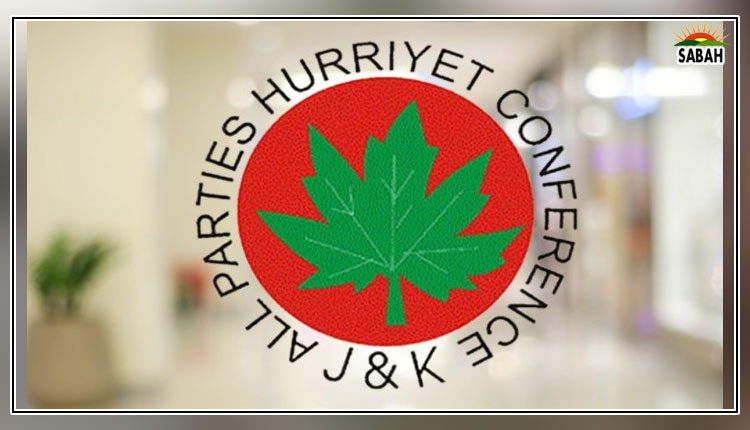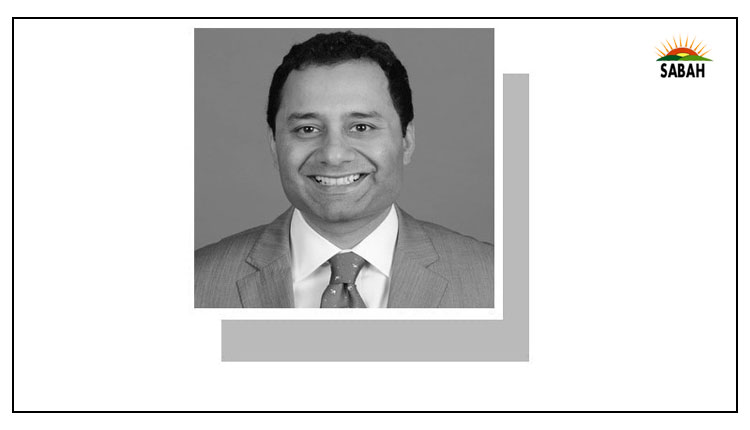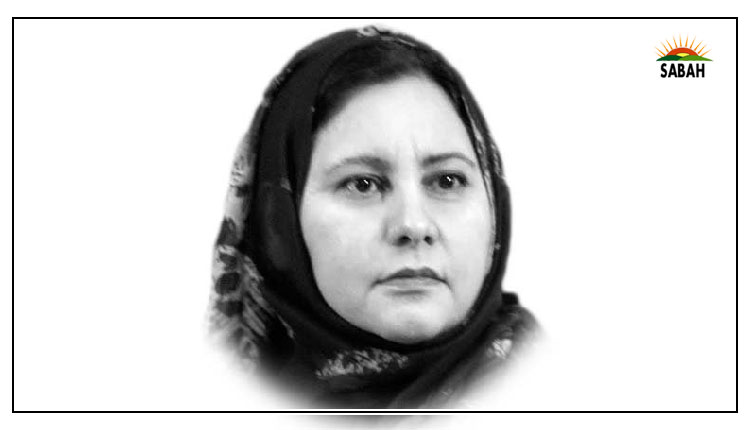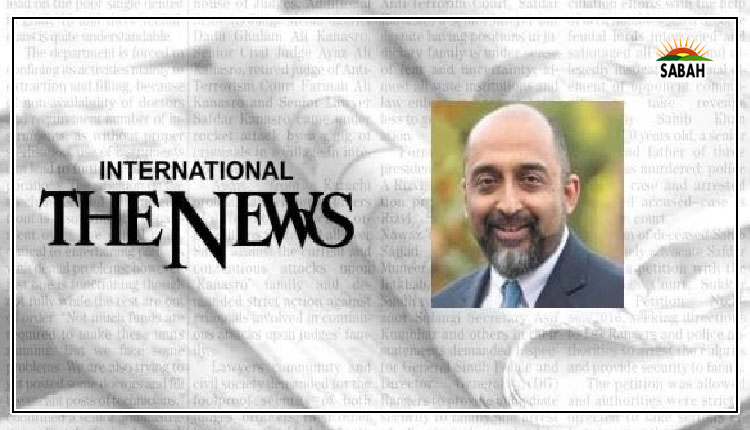Can the disease be the cure?…Mosharraf Zaidi
There is such a thing as a false binary. But the fact that crimes have already been committed against the people of Pakistan whose will and authority is enshrined in the Constitution of Pakistan is not one of them. As of today, Tuesday, April 18, ninety days have passed since the Khyber Pakhtunkhwa Assembly was dissolved. Ninety-four days have passed since the Punjab Assembly was dissolved. No election has taken place. The constitution of Pakistan has been violated. An egregious crime against the people of Pakistan has been committed.
In a world where economic injustice is embedded in the dominant mode of production, and where gender injustice is rampant, maybe it isnt easy to focus on crimes against constitutions in countries with leaders that suffer from weak constitutions? In a country where there are systemic crimes against the people baked into how people try to make a living, into the tax code, into language and religion and culture at large, what is one more crime? In a political system that is constantly in the guardianship of unelected and unaccountable military bureaucrats, does a delayed election really make a difference?
These are questions of norms, and more fundamentally questions that should haunt the moral and ethical calculus of the most powerful men in the country (and one in London). The real concern, we hear in whispers and from the circuits of jealously guarded gossip circles in Islamabad, is that the country needs stability. That the economy needs to be saved. That the system can ill afford an election. Some of these lies are visible to the naked eye. Others merit a stripping away of the aura of legitimacy from them.
Let us begin with stability. Where does instability in Pakistan come from? Now before answering, lets first remove the distractions. Afghanistan, Iran and India are sovereign countries, and none is a friend to Pakistan. But each of them is wreaked by extremism, poverty and deep, enduring dysfunction. To varying degrees, at varying times, they may take advantage of a divided and distracted Pakistani elite but they are neither capable of manufacturing instability on their own (or even in concert), nor do they have the resources to manufacture instability at the whole of nation level.
So, where does instability in Pakistan come from? Instability in Pakistan is inherent and internal to Pakistans elites and specifically to the adoption and sustenance of the one true lie that haunts and hounds the country decade after decade after decade: that the military is the ultimate steward of the country. This lie is the source of almost all instability in the country.
You can start a history lesson wherever you want, and you can pick whichever protagonist you think was better looking. You will end up with the same eventual root cause of instability: an unaccountable and unelected military leadership that decides who is good enough to run Pakistan, and who is not. This is a deep enough problem on its own, but what comes next makes Pakistans stability dilemma profoundly more vexing.
When the non-military elite fight even when such fights are prompted by the military there is no institutional stability mechanism available to Pakistan. This is partly because all other institutions in the country stand destroyed at the altar of the dominance of the military. So, whenever the notion of stability is required, it is Rawalpindi, and (worryingly) Aabpara that are repeatedly able to pretend to fill the gap. This is the disease-is-the-cure problem of stability in Pakistan.
To understand this toxic cycle, one need not look much further than the battle royale that has engulfed the Supreme Court in recent months. This was a fire that has been on the verge of being lit from the moment Chief Justice Iftikhar Chaudhry bravely refused to take orders from the late General Parvez Musharraf in March 2007. For a full decade and a half since that moment, the institutional urge across the spectrum of the military, quasi-military and pro-military segment of the Pakistani elite has been the same, consistently: limit the autonomy and independence of the judiciary.
When the judiciary is aligned with the interests of the wider institutional whims of the military, the judges and their judgements are good. Those that step out of line are not. Since the restoration of the judiciary in March 2009, this dynamic was sustained principally because the other major actor in this dynamic the traditional (and genuine) political elite sought to protect the idea of an independent judiciary and the notion of established and agreed rules of the game. This was understandable for one reason: it was this same political elite that had written those rules.
We refer here of course to the PML-N, PPP and wider traditional political elite that forged not only the 7th National Finance Commission, the 18th Amendment and the fuelled the lawyers movement but one that also accepted repeated removals of elected prime ministers as the cost of business within those rules of the game: the PPPs Yusuf Raza Gilani in April 2012 and the PML-Ns Nawaz Sharif in July 2017.
The judiciary of course was doing a bit of the same thing that the traditional political elite was doing; it was playing along not just by the written rules, but also by the unwritten rules between itself and the military: two or three wins for you, one, once in a while, for us. Thus continued a delicate balance across three institutions. Every once in a while, a Gilani or a Sharif would be sacrificed for the sake of institutional stability, and sometimes, it would even take a Shaukat Siddiqui but the system lived on.
In this cantankerous and clumsily managed equilibrium there would be spoilers. Maryam Nawaz Sharifs refusal to take the judicial whoppers of 2017 and 2018 lying down was one. Justice Qazi Faez Isas refusal to allow the system to falsely paint him and his family in scandal was another. Somehow, the system and this messy equilibrium survived these spoilers too. And thus, it endured.
Come February 2022 and the fallout of Notification Gate. Given the habits developed across the three key institutions at play since 2009 the military, the judiciary and the traditional genuine political elite the presumption of all the key players was that another prime minister sacrificed at the altar of the equilibrium in the country would be swallowed the way outrages in the past had been. This presumption was spectacularly misguided given that it was made universally by the PDM coalition in taking on and keeping government, by the military in ridding itself of its own creation in Imran Khan, and by the judiciary in continuing to assume that each incoming generation of chief justice can endure the incumbent long enough to await his or her retirement prior to the truth being spoken about him or her.
It is now clear that this system cannot be saved. As of today, the constitution has been violated twice with elections past due in the Punjab and Khyber Pakhtunkhwa. Since one of the institutions among the trifecta that rules Pakistan is routinely and habitually engaged in such violations this too will pass. But the bargain this time will not be as light as previous ones. The reason for this is similar to the logic for where instability comes from in Pakistan.
If instability is innate and inherent to Pakistans internal elite compact, then todays polycrisis dilemma is innate and inherent to the military itself. The insertion of an inorganic political leader as a populist alternative to the mainstream in 2011, the elevation of this populist leader (and denier of the agency of traditional leaders) to the office of prime minister in 2018, and the removal of this populist (and now organic national leader) from that same office, are all decisions that may have been enabled by a weak political class and compromised judiciary. But these were decisions taken by unaccountable and unelected military bureaucrats.
Can a continuation of what has brought Pakistan to polycrisis possibly extract Pakistan from it? Can a disease be its own cure? This is the disease-is-the-cure problem of stability in Pakistan. It is not a false binary. It is a simple one.
Courtesy The News



